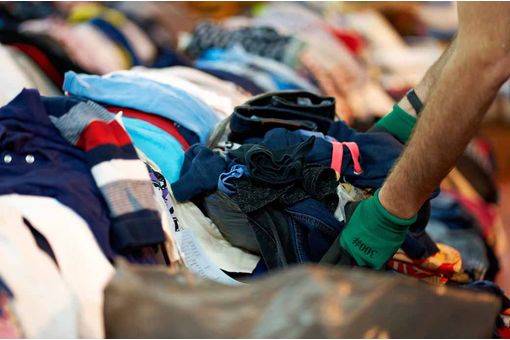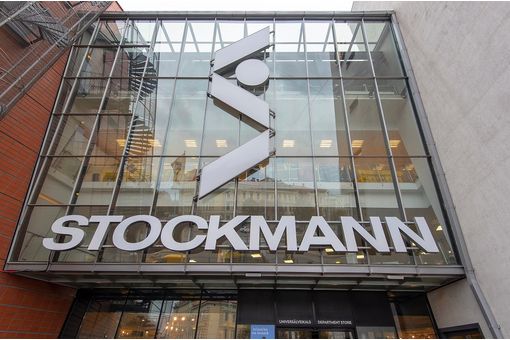RCEP's impact on international trade will be significant: UNCTAD

The Regional Comprehensive Economic Partnership (RCEP) includes 15 East Asian and Pacific nations of different economic sizes and stages of development. They are Australia, Brunei Darussalam, Cambodia, China, Indonesia, Japan, the Republic of Korea, Laos, Malaysia, Myanmar, New Zealand, the Philippines, Singapore, Thailand and Vietnam.
The RCEP will become the largest trade agreement in the world as measured by the GDP of its members – almost of one third of the world’s GDP. By comparison, other major regional trade agreements by share of global GDP are the South American trade bloc Mercosur (2.4 per cent), Africa’s continental free trade area (2.9 per cent), the European Union (17.9 per cent) and the United States-Mexico-Canada agreement (28 per cent).
Amid COVID-19, the entry into force of the RCEP can also promote trade resilience. Recent UNCTAD research shows that trade within such agreements has been relatively more resilient against the pandemic-induced global trade downturn.
The agreement encompasses several areas of cooperation, with tariff concessions a central principle. It will eliminate 90 per cent of tariffs within the bloc, and these concessions are key in understanding the initial impacts of the RCEP on trade, both inside and outside the bloc.
Under the RCEP framework, trade liberalisation will be achieved through gradual tariff reductions. While many tariffs will be abolished immediately, others will be reduced gradually during a 20-year period.
Trade between the bloc’s 15 economies was already worth about $2.3 trillion in 2019, and UNCTAD’s analysis shows the agreement’s tariff concessions could further boost exports within the newly formed alliance by nearly 2 per cent, or approximately $42 billion. This would result from trade creation – as lower tariffs would stimulate trade between members by nearly $17 billion – and trade diversion – as lower tariffs within the RCEP would redirect trade valued at nearly $25 billion away from non-members to members.
Tariff concessions are expected to produce higher trade effects for the largest economies of the bloc, not because of negotiations asymmetries, but largely due to the already low tariffs between many of the other RCEP members.
UNCTAD’s analysis shows Japan would benefit the most from RCEP tariff concessions, largely because of trade diversion effects. The country’s exports are expected to rise by about $20 billion, an increase equivalent to about 5.5 per cent relative to its exports to RCEP members in 2019.
The report also finds substantial positive effects for the exports of most other economies, including Australia, China, the Republic of Korea and New Zealand. On the other hand, calculations show RCEP tariff concessions may end up lowering exports for Cambodia, Indonesia, the Philippines and Vietnam. This would stem primarily from the negative trade diversion effects as some exports of these economies are expected to be diverted to the advantage of other RCEP members because of differences in the magnitude of tariff concessions, according to the report.
The report notes, however, that the overall negative effects for some of the RCEP members don’t imply that they would have been better off by remaining outside of the RCEP agreement. Trade diversion effects would have accrued, nonetheless.
Fibre2Fashion News Desk (KD)
































-Ltd..jpg?tr=w-120,h-60,c-at_max,cm-pad_resize,bg-ffffff)





.jpg?tr=w-120,h-60,c-at_max,cm-pad_resize,bg-ffffff)
.jpg?tr=w-120,h-60,c-at_max,cm-pad_resize,bg-ffffff)









